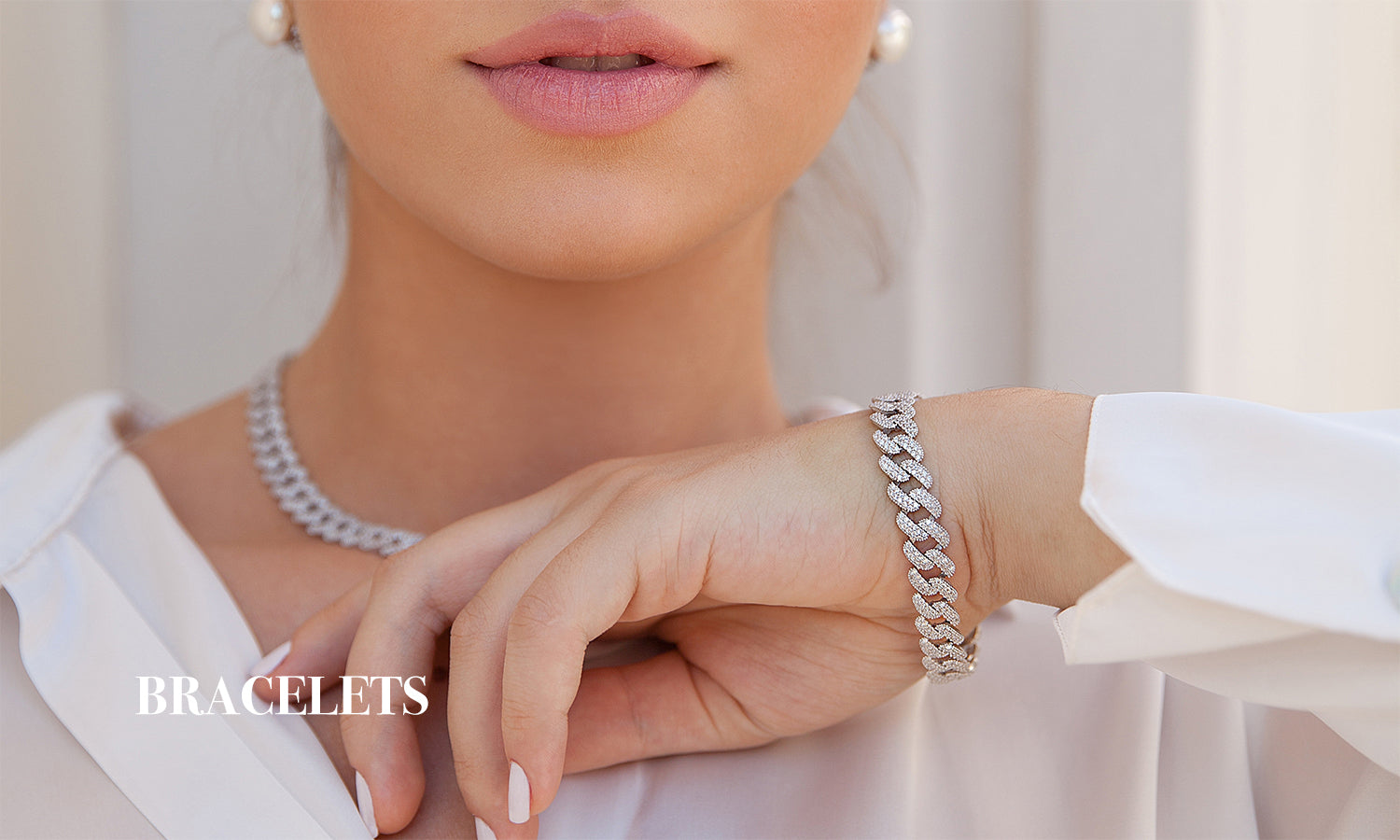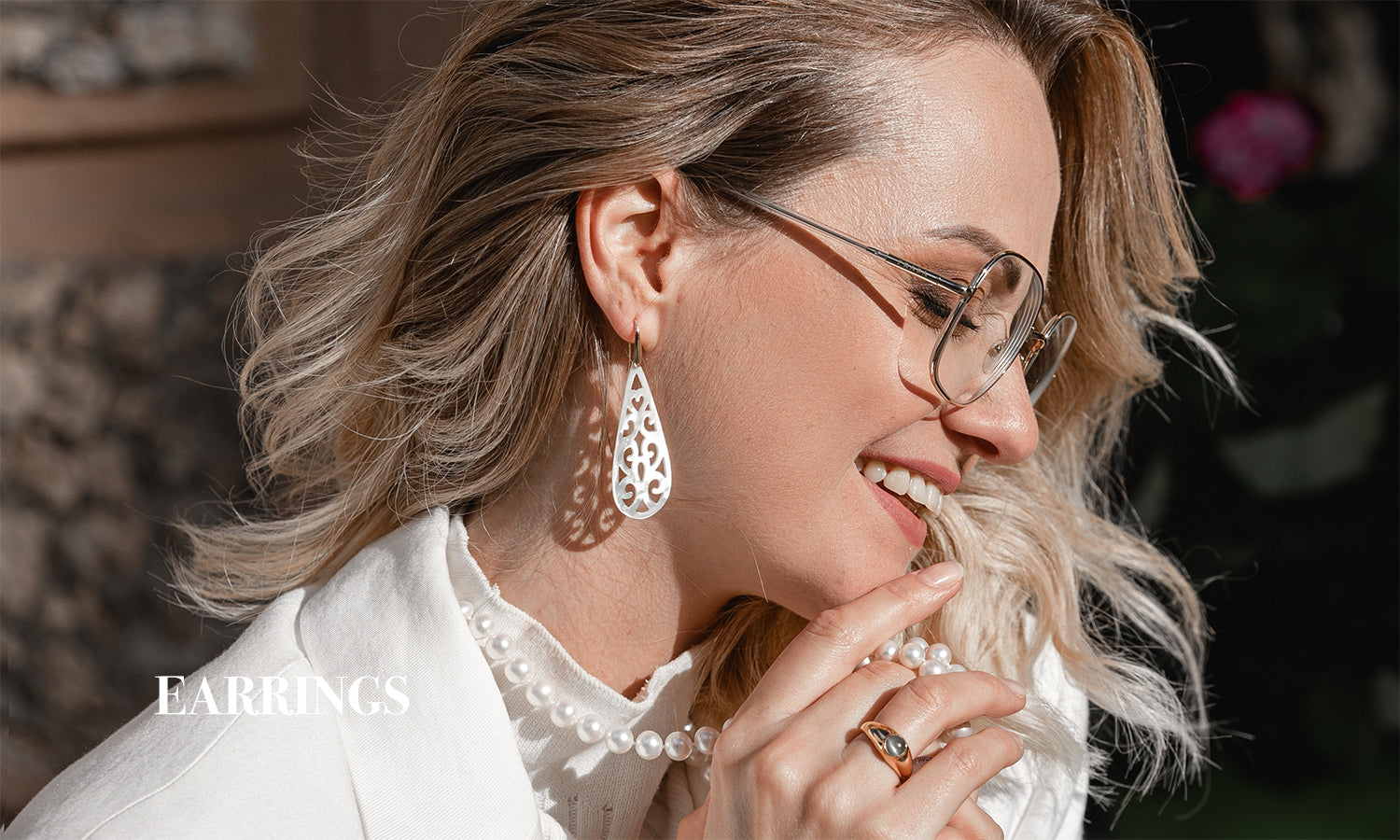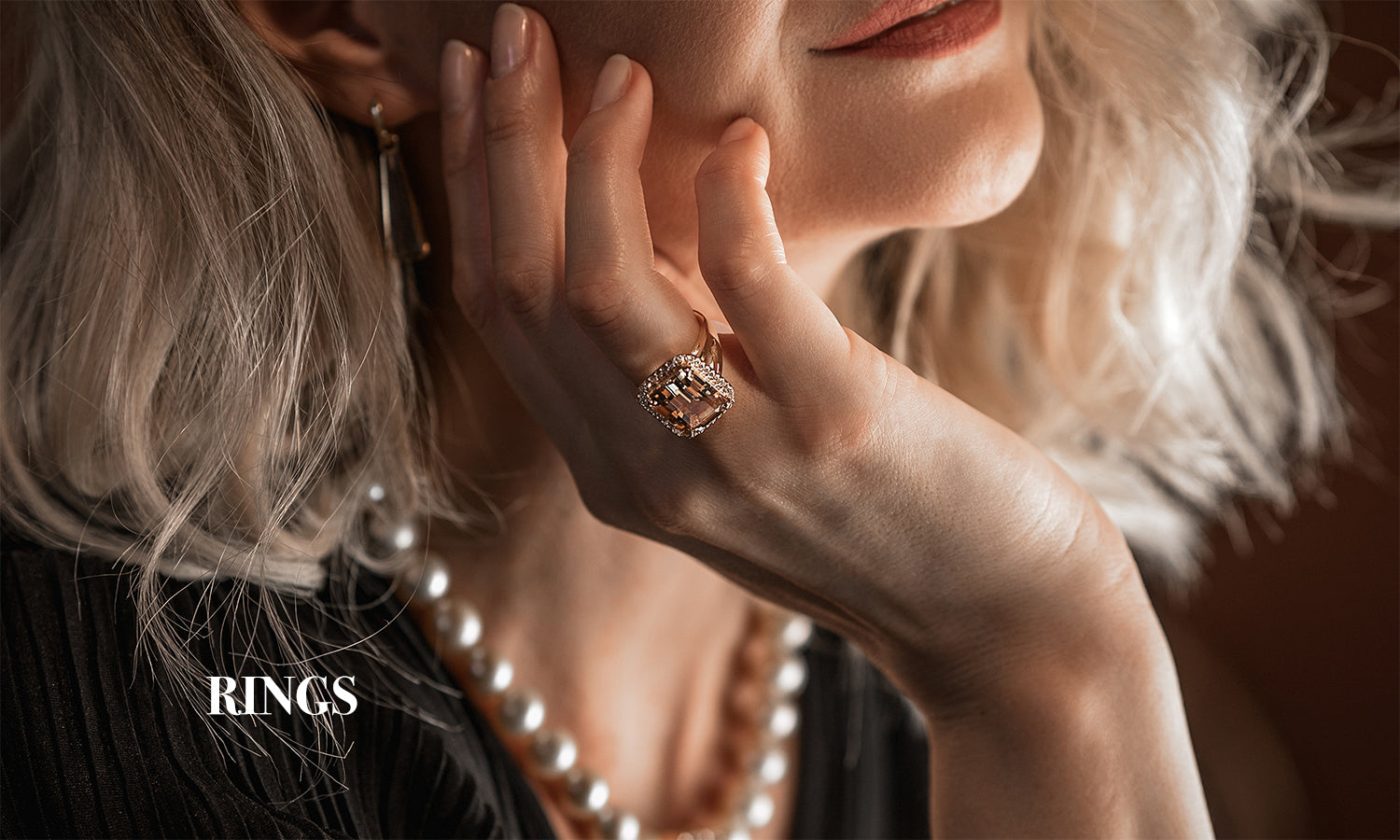Finding the perfect gemstone is not easy. It is not only important to choose the right stone and determine its size, rarity, appearance, and hardness, among other characteristics, but also to think about the type of cut. It is what determines the style and look of the jewelry you are going to enjoy. In Planderful we will give a brief overview of the types of cut stones.
Below we show you the different cuts:
Types of cuts
Round/ Brilliant
The round cut is the most traditional cut, and the one most associated with diamonds. This is probably why it is also called "diamond cut". In its classic form, the diamond has 57 facets, cut in such a way that light is evenly dispersed and brilliance is maximized. In addition, the lower part is cone-shaped. This ensures a high return of light through the top of the gemstone and also gives it extra sparkle.
The versatile shape of the round cut stone goes well with all metals and jewelry styles. This is one of the reasons why round diamonds remain the most popular choice among engagement ring stones. However, it is one of the most difficult cuts to craft and, therefore, one of the most expensive.
Oval
The oval cut suggests a slightly elongated and elliptical shape. It has 69 facets, which give the gem the same sparkle and brilliance as the round cut. However, the oval cut has the added advantage that its elongated silhouette makes the stone appear larger and makes the finger look thinner and longer when worn.
Asscher
This type of square cut was developed by the Asscher brothers in 1902, in Holland. It remained popular throughout the 1920s but underwent some changes in 2001. This concluded in the "real Asscher" or "modern Asscher" cut. In the new version, the number of facets increased from 58 to 74, and the angles of the stones became wider.
The Asscher cut is also called the square emerald cut because it is a hybrid of the princess and emerald cuts, which we will discuss next. Instead of creating a faceted pattern that accentuates the brilliance and color of the stone, this method creates staggered facets that are designed to maximize its clarity and purity.

Source: https://www.wrmetalarts.com/blogs/the-w-r-metalarts-library/100-ways-to-cut-a-stone
Pear
Pear-cut stones resemble a shimmering drop. This cut makes the stone even more luminous. For the pear cut, symmetry is important: the tip of the base at the back of the stone should line up perfectly with the top of the rounded end.
Emerald
The emerald cut is shaped like a rectangle with the corners cut off. The point is that the emphasis is not so much on the brilliance but on the clarity and color of the gem. The emerald cut, with its stepped transitions, allows the stones to express themselves to the fullest.
It was initially designed to cut emeralds. As these stones occur in nature with numerous inclusions, their cutting is considered quite difficult due to the possibility of chipping. Over time, this type of cut has been adapted for diamonds and other gemstones. Buyers are attracted primarily by its unique style, as the elongated shape of the stone looks spectacular on the finger.
Baguette
The baguette cut resembles the emerald, but the stone has a more elongated shape. This cut was created in the 1920s and 1930s, at a time when art deco and art nouveau were in vogue. With its clean lines and modern geometric look, it became instantly popular. Finished with a step-cut method, the 14-faceted stone resembles a pyramid without a vertex. Although its color and brilliance are not as pronounced as in the round cut, the baguette shape best highlights the stone's purity.
Marquise
The marquise cut provides maximum brilliance and depth of color to the stone. As with the pear cut, it is important to ensure perfect symmetry between the two ends. This minimizes chipping and breaking of the stone and allows the stone to be properly set and securely set in the setting. Marquise-cut stones have a larger surface area than any other cut, creating the illusion of a larger stone. In addition, their elongated shape visually makes the finger appear thinner and longer.
The marquise cut has a bit of history. It is said that this shape was commissioned by King Louis XIV of France for his beloved, the Marquise de Pompadour. Its long lines and elongated silhouette were intended to resemble her perfect smile.
Cushion
The cushion cut comes from the English word cushion, meaning "pillow". The stone has a smooth square or rectangular shape with rounded corners and sides reminiscent of a sofa cushion. It is believed that this type of cut maximizes the stone's luster and brilliance. The cushion cut is a classic cut that suits vintage-style jewelry.
Heart
The heart cut is essentially a pear-shaped cut with a slit at the top. This is rarely used for engagement rings but remains a popular choice for earrings and necklaces. Perhaps the most famous example of a heart-cut piece of jewelry is the necklace worn by Rose DeWitt Bukater, the leading lady in the movie Titanic.

Source: https://www.hkjewellery.co.uk/articles/choosing-a-gemstone-cut-for-your-engagement-ring
Princess
Princess is the second most popular cut after round. The stone is square in shape and beautifully reflects light. This makes it ideal for clear and transparent gems. Up to 80% of the rough gemstone is preserved during processing, while only up to 50% is preserved with the round cut.
Radiant
This cut is a combination of the princess and cushion cut. During the process, the corners of the stone are cut in a straight line, rather than rounded, as in the cushion style. The result is a more modern square shape that brings out the brilliance and color of the stone to the fullest. The latter is perfectly revealed thanks to the stepped facets of the shape, making the radiant cut ideal for jewelry made with colored gemstones.
Visit Planderful's website and discover the variety of gemstone jewelry we have for you.





